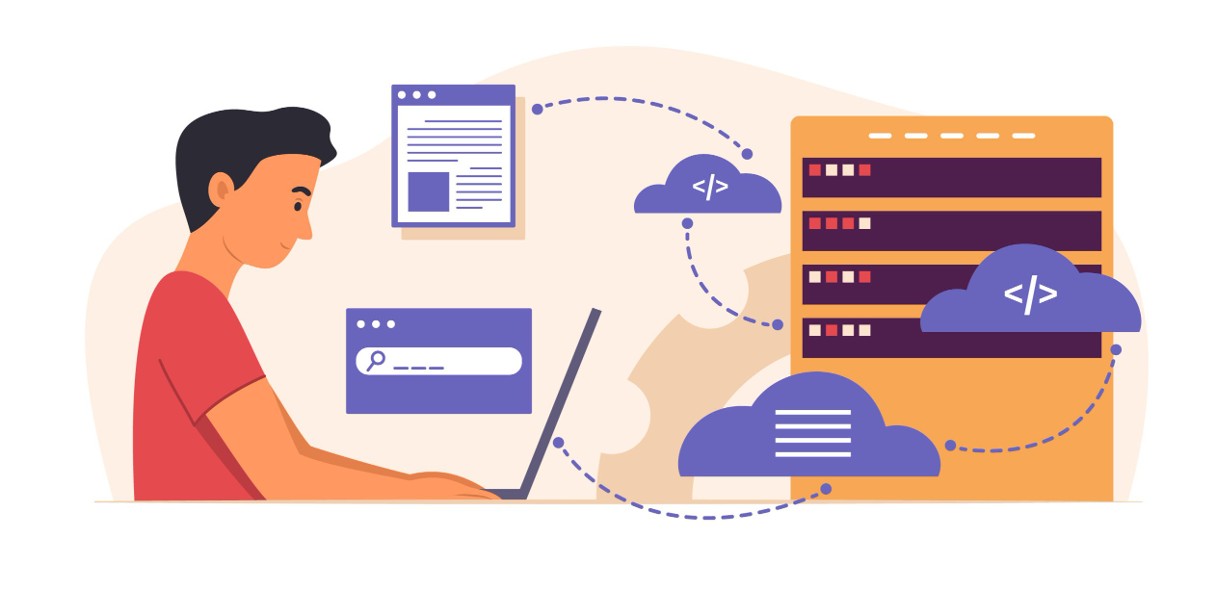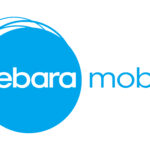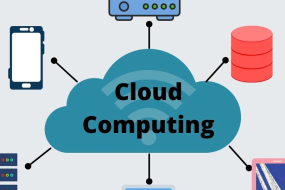
In the dynamic landscape of cloud computing, the Serverless Revolution stands as a pivotal milestone. This paradigm shift has redefined how applications are developed, deployed, and scaled. Embracing event-driven scalability, businesses can now respond to fluctuating workloads with unparalleled agility and efficiency. Let’s delve into the intricacies of this groundbreaking technology and understand how it empowers businesses to thrive in the digital age.
Understanding Serverless Architecture
The Essence of Serverless Computing
Serverless architecture, often referred to as Function as a Service (FaaS), is a cloud computing model where developers can execute code in response to specific events without the need to manage server infrastructure. This approach allows for a more streamlined, cost-effective, and scalable application development process.
Decoding Event-Driven Scalability
At the core of the Serverless Revolution lies event-driven scalability. Traditional server-based models operate on a fixed infrastructure, making it challenging to handle sudden spikes in demand. In contrast, event-driven architecture enables applications to respond dynamically to events, allocating resources precisely when needed and conserving them when idle.
The Key Advantages of Serverless Computing
Unparalleled Scalability
One of the most compelling advantages of serverless computing is its innate scalability. By leveraging event-driven triggers, applications can seamlessly scale resources up or down, ensuring optimal performance even during traffic surges.
Cost Efficiency Redefined
With traditional server-based setups, businesses often pay for idle resources. Serverless computing, on the other hand, charges only for the actual execution of code, resulting in significant cost savings.
Streamlined Development Workflow
Serverless architecture promotes a microservices approach, allowing developers to focus on building small, independent functions. This modular design not only enhances code reusability but also accelerates the development process.
Enhanced Fault Tolerance and Resilience
Serverless platforms manage underlying infrastructure, offering built-in redundancy and fault tolerance. This means applications are less susceptible to downtime and disruptions, ensuring a robust user experience.
Rapid Time-to-Market
By eliminating the need for infrastructure provisioning and management, serverless computing accelerates the deployment of applications. This translates to faster time-to-market for businesses, a crucial factor in today’s competitive landscape.
Implementing Event-Driven Scalability: Best Practices
Designing for Events
Effective utilization of event-driven architecture begins with thoughtful event design. Understanding the types of events that trigger your functions is crucial for optimal performance.
Leveraging Managed Services
Cloud providers offer a plethora of managed services that seamlessly integrate with serverless architectures. These services, ranging from databases to authentication, enhance the functionality of your applications.
Monitoring and Debugging
Comprehensive monitoring and robust debugging practices are essential for maintaining the health and performance of serverless applications. Leverage available tools and platforms to gain insights into function execution.
Security Considerations
While serverless platforms offer robust security features, it’s imperative to implement additional measures to safeguard sensitive data and protect against potential vulnerabilities.
Continuous Optimization
Regularly review and refine your serverless functions to ensure they are as efficient and cost-effective as possible. This may involve fine-tuning code, adjusting resource allocations, or exploring new technologies.
Final Words
The Serverless Revolution is reshaping the future of cloud computing. Embracing event-driven scalability empowers businesses to scale dynamically, reduce costs, and accelerate innovation. By adopting best practices and staying attuned to emerging trends, businesses can fully harness the potential of this transformative technology.
Commonly Asked Questions
Q1: What are the key differences between traditional cloud computing and serverless computing?
A1: Traditional cloud computing relies on provisioned servers, requiring manual management and scaling. Serverless computing, on the other hand, abstracts away server infrastructure, enabling automatic scaling based on event triggers.
Q2: How does serverless architecture impact development speed?
A2: Serverless architecture promotes a modular, microservices-based approach, allowing developers to focus on building small, independent functions. This accelerates the development process and enhances code reusability.
Q3: Can serverless computing handle complex, resource-intensive applications?
A3: Yes, serverless computing can handle a wide range of applications, including complex ones. However, careful design and optimization are crucial to ensure optimal performance and cost efficiency.
Q4: What security measures should be taken when adopting serverless computing?
A4: While serverless platforms provide robust security features, additional measures such as encryption, access controls, and regular security audits should be implemented to safeguard sensitive data.
Q5: How can businesses effectively monitor and debug serverless applications?
A5: Utilize available monitoring tools and platforms to gain insights into function execution. Implement thorough debugging practices to identify and address any issues promptly, ensuring the continued health and performance of your applications.
Advertisement







